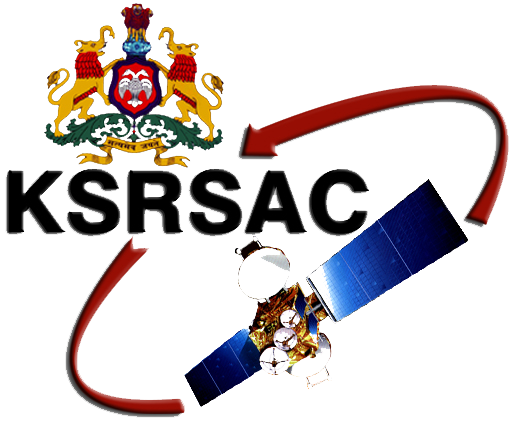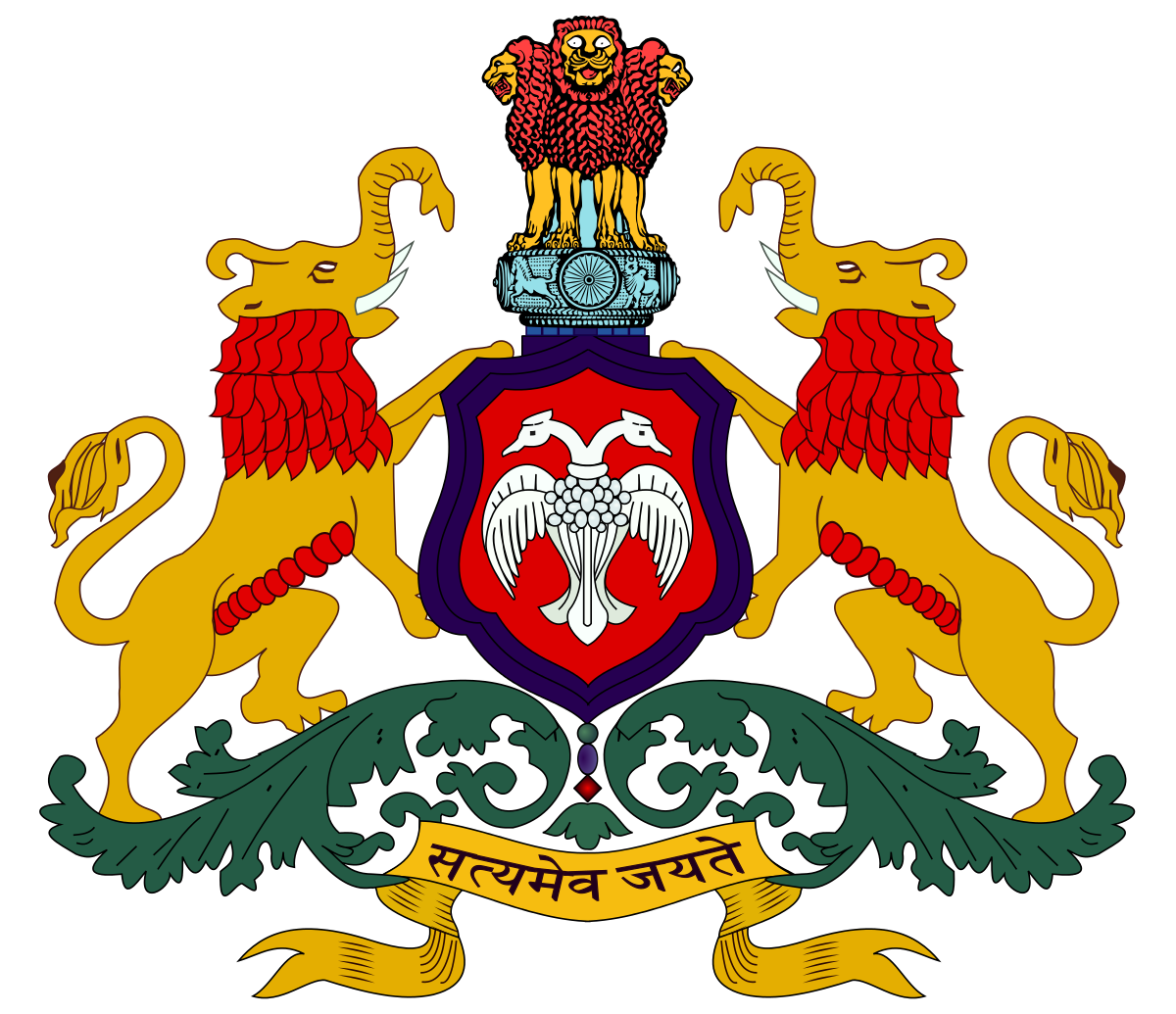
Karnataka State Remote Sensing Applications Centre
Department of Personnel and Administrative Reforms (e-Governance), Government of Karnataka


Department of Personnel and Administrative Reforms (e-Governance), Government of Karnataka


Department of Personnel and Administrative Reforms (e-Governance), Government of Karnataka


Karnataka, the luxurious land of Gold, Sandal and Silk, is endowed abundantly with natural resources like minerals, water, forests, and nurturing soils in tropical environment. Stretching across the wide spanning tablelands from coastal zones to arid zones encompassing parts of Western Ghats and Eastern Ghats, Karnataka, principally an agrarian State, is administratively divided into 30 districts spread across 10 agro-climatic zones, each with distinct set of characteristics. Karnataka is proud of Agumbe at which the second highest rainfall in the country is recorded, but incidentally the state harbours the second largest arid regions in the country with vast expanses of wastelands, a paradox indeed.
The Karnataka State Remote Sensing Applications Centre (KSRSAC) was established in the year 1986 and designated as the Nodal Agency for implementation of Remote Sensing (including Photogrammetry) and GIS programmes in the State vide Government Order No. ITD 28 MIS 2002, Bangalore dated 06.08.2002. The order further states “The Nodal Agency will be the repository of the information/data/maps collected by the Centre or by any Government Department, Statutory Board or any Undertaking through GIS and Remote Sensing. The nodal agency will create GIS base maps and general/common features and provide full services on Remote Sensing and GIS to all the Line Departments. The Line Departments shall consult the KSRSAC before taking up work of updating the GIS data and customization of GIS applications. The updated data is to be transferred to the custody of the Nodal Agency as and when such work is taken up. The nodal agency will work out the planning/architecture of Remote Sensing and GIS implementation/feasibility for new proposals/ coding/ standardization / training as well as to organize periodic workshops to bring more interaction and co-ordination among the Line Departments”. Since then, the KSRSAC has been co-ordinating with and providing required GIS information/maps and training to the Line Departments.
Over the past 33 years the KSRSAC has generated a voluminous geospatial database of natural resources such as land use/land cover, forest, groundwater prospect zones, soil resources, water resources, coastal zones etc. using satellite images, a ground survey in GIS domain. The work carried out cover diverse resource themes/areas such as forestry, wasteland mapping, agricultural crop acreage and production estimation, drought monitoring and assessment, flood monitoring and damage assessment, land use/land cover mapping, wetland mapping, water resources management, groundwater targeting, marine resources survey, urban planning, mineral targeting and environmental impact assessment etc. Integration of thematic information on various natural resources derived from satellite data with other ancillary information on meteorological and socio-economic data has helped to arrive at locale-specific prescriptions for development in many watersheds and blocks of both rural and urban Karnataka.
KSRSAC has been carrying out a wide array of projects for Central and State Departments in the areas of watershed development, forest, mines and geology, rural development, town planning, water resources, minor irrigation, ecology and environment, agriculture, horticulture, sericulture, BBMP, pollution control, lake development etc.
After working in projects sponsored by departments, the KSRSAC initiated a program in the year 2016 for institutionalizing GIS through the establishment of the project, Karnataka Geographical Information System (K-GIS). K-GIS is envisioned to be a major support to high-quality State Governance by embedding GIS in different aspects of governance–planning and implementation at state/district/local levels; bringing GIS support in decision making; enable a sound process of monitoring development and identifying gaps in development; make GIS data available at all levels – that helps bringing accountability and responsibility in state’s governance
Mandate